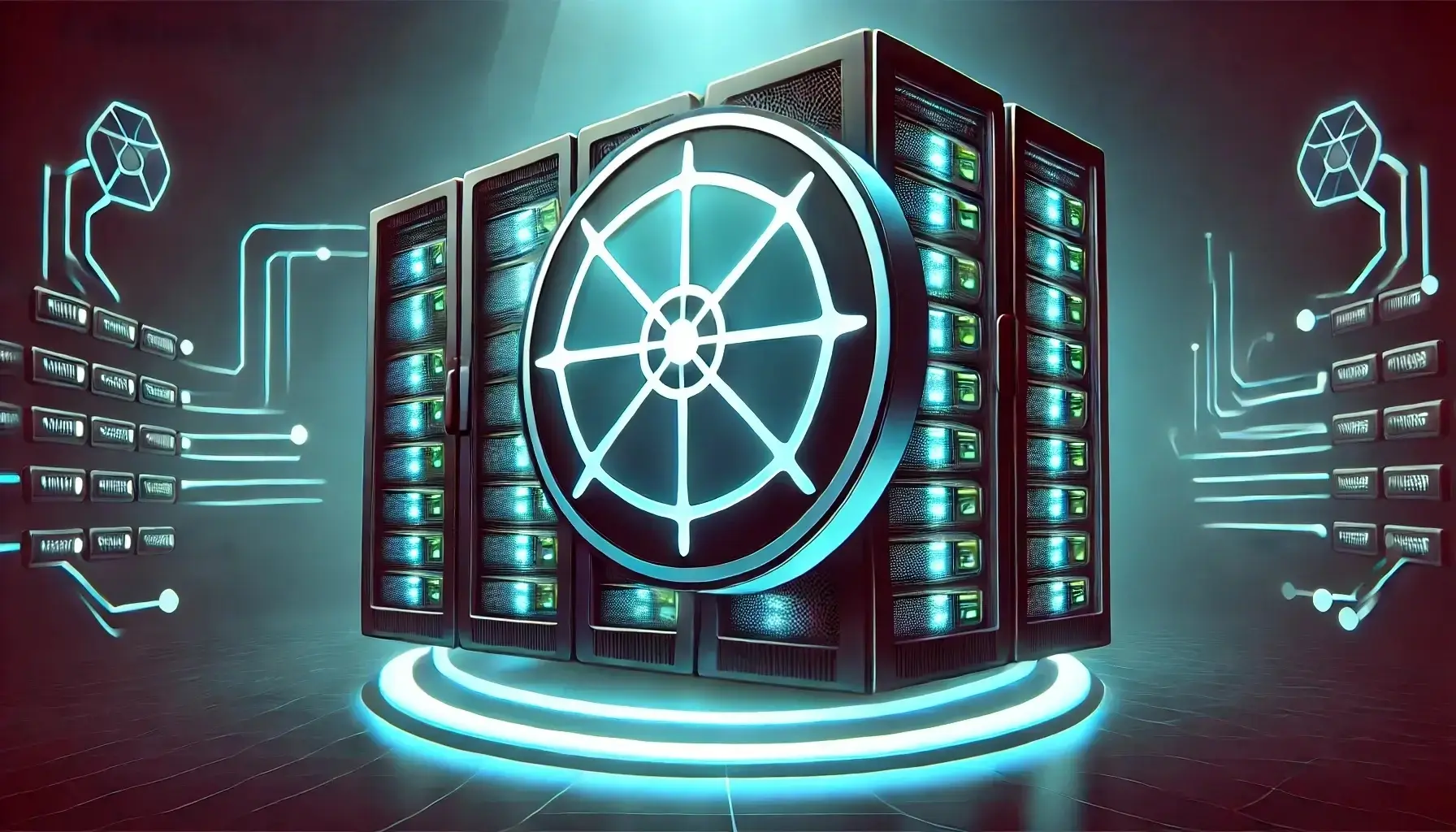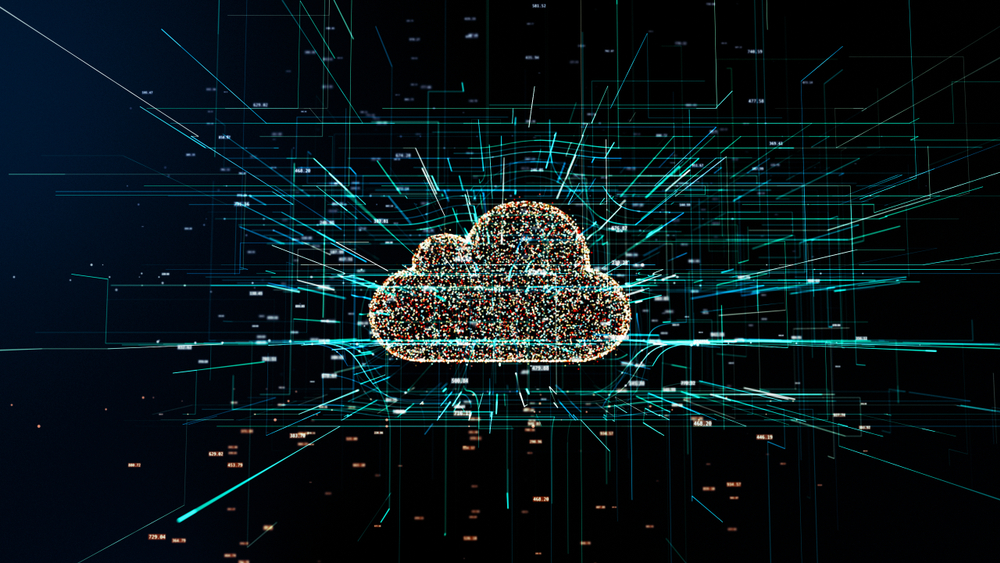Portworx Guided Hands On-Labs. Register Now

Backup is an essential part of Kubernetes data protection management. You need to ensure that your data is properly backed up with a container-granular, app-aware solution, so you’re fully protecting your entire application. Even if something unexpected happens, like your data is corrupted or you’re hit by a ransomware attack, you can trust that a quick restore will completely bring back your applications.
Disaster recovery is another key element of Kubernetes data protection. Disasters like accidental deletions, technical failures, or natural disasters can happen to anyone, but you need to be prepared so your organization doesn’t suffer from the consequences of extended service outages.
So how is disaster recovery different from backups?
To illustrate, let’s say that immediately after you pull out from the dealership, a wayward truck totals your 2022 Toyota Prius. You bring it back to the dealership with the promise of receiving a complete replacement, but they give you a 2019 Prius instead of 2022, claiming it is the closest copy they have of your totaled car.
This is the difference between backups and disaster recovery. If you are restoring from backups, they likely won’t capture your most recent changes, and you will end up driving a 2019 Prius. However, with true disaster recovery, the dealership takes care of everything for you. As soon as your car is totaled, you can trust you’ll get the same 2022 Prius you had before the accident as soon as you need it.
Let’s go over the difference from a technical perspective:
- RPO (Recovery Point Objective) determines the amount of data loss your organization can tolerate in the event of a disaster. For mission-critical applications, RPO can be as low as zero, meaning that there can be no tolerable data loss.
- RTO (Recovery Time Objective) defines how soon after a disaster an application needs to be restored. For mission-critical applications, RTO is usually less than 15 minutes.
Different applications may have different RPO and RTO tolerances, so it’s important to have a disaster recovery plan that is tailor-made for all your applications.

To maintain a zero RPO and low RTO for mission-critical apps, you need to have synchronous DR. This means that data from your primary site is automatically copied to another, so there is no gap between your primary copy and your recovery copy. When we’re talking about true Kubernetes disaster recovery, we want to be able to achieve zero RPO and low RTOs for mission-critical applications. Many organizations simply have no tolerance for losing any of their mission-critical application data.
For tier 2 or tier 3 applications, you can use asynchronous DR or simply access backup files. These have more flexible tolerances that allow for several hours of RTO and RPO. Most Kubernetes backup solutions offer asynchronous DR or backup files as disaster recovery, which means there will be a delta between the latest write to an application and the latest backup.
What will a true disaster recovery plan do for you?
With more and more organizations relying on containers to run mission-critical workloads, you need a disaster recovery plan that can support your mission-critical workloads without latency.
“Portworx has helped us to modernize our disaster recovery model,” said Jeroen van Gemert, DevOps Engineer at KPN—one of the largest telecommunication companies in the Netherlands. “We now run a pair of full Kubernetes clusters, with Portworx managing replication between the two.”
Portworx enables KPN to tailor a disaster recovery plan that caters to their precise needs. On top of that, Portworx also offers container-granular, app-aware app protection, which means it targets specific containers and brings up all associated application configurations, data, and objects. Therefore, you are protecting your entire application and speeding up time to restore.
Gemert went on to say, “One advantage of this setup is that our disaster recovery site is also running a complete Kubernetes cluster, so it fires up more quickly than our previous configuration.”
Portworx is the only Kubernetes data protection solution that offers true disaster recovery with zero RPO. Using PX-Backup and PX-DR, you get a comprehensive data protection plan that offers complete backup and restore in a single click and zero-RPO disaster recovery. And, as a solution built from the ground-up for Kubernetes, Portworx protects your entire application, so you can trust that your apps will be available and running after a disaster.
Learn more about Portworx Disaster Recovery here. Read the full case studies for KPN and DataScan.
Share
Subscribe for Updates
About Us
Portworx is the leader in cloud native storage for containers.
Thanks for subscribing!





